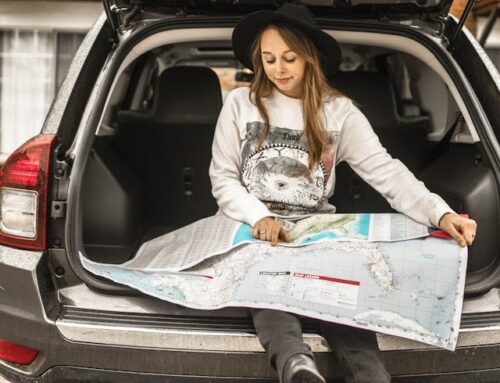Great Tips For Taking A Road Trip With Cats
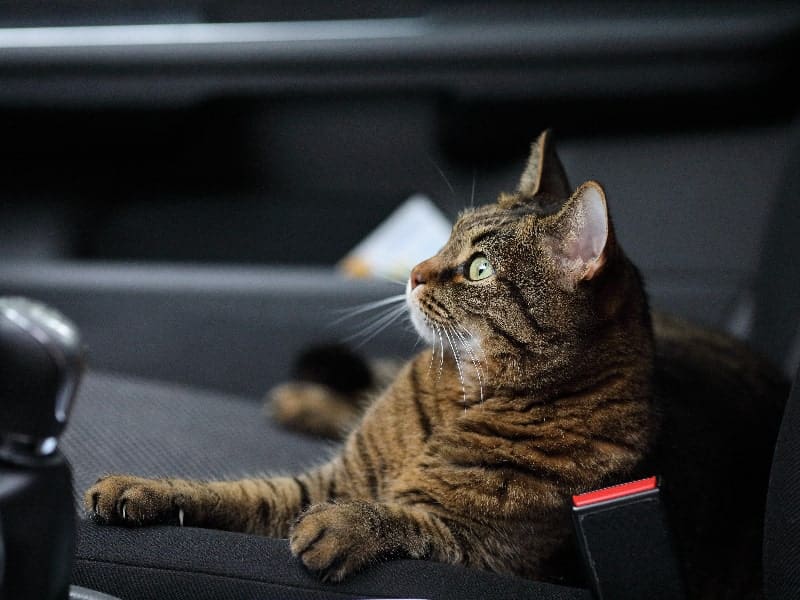
Road-trip tips: How to Travel with Your Cat

Whether vacationing in another country or on a trip to the country house, to relatives, or moving to a new place of residence – animal owners are constantly facing difficulties related to traveling with their pets in all of these cases. As summer is not far away, with promises of vacation trips, the question of traveling with a cat will become more relevant.
If you are firmly convinced to travel with a cat, keep in mind that cats, unlike dogs, do not like travel and, therefore, try to ensure safety and comfort as much as possible. There may be a cat who will gladly keep you company far from home, but such a travel lover will rather be an exception to the rule. This article will help you with any issues about traveling with cats.
Transporting cats: how to choose the right container or bag
First of all, decide what to transport the animal in. When choosing a container, please pay attention to its ventilation. There should be holes in it at least on two sides for better air circulation. The container should be well cleaned, lightweight, and durable. Many owners prefer the so-called carry bags, which are soft and not bulky, although less comfortable. You can sew a cover from a dark fabric so that the animal feels calmer. This way, it will be less annoyed and frightened by the flickering landscapes outside the window.
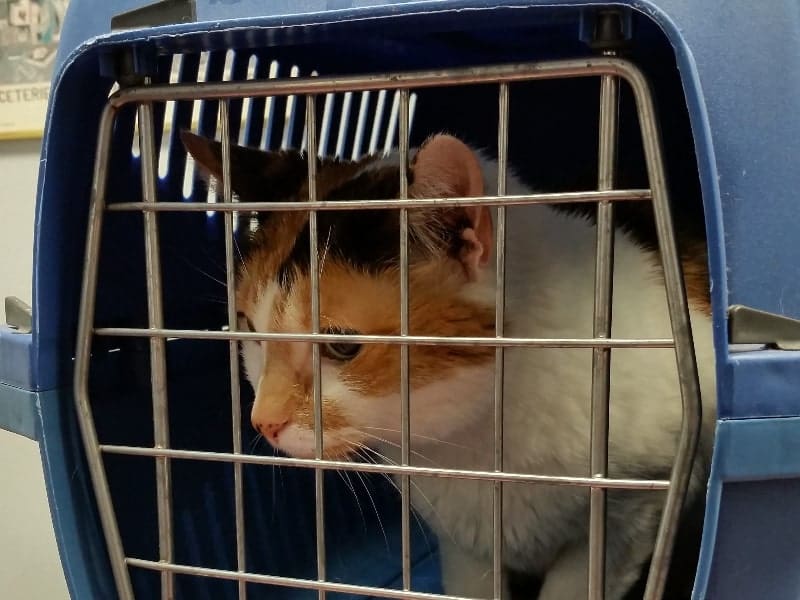
Cats are amazing creatures, but each of them has a special character and habits that must be reckoned with. Any, even the most phlegmatic cat can behave inappropriately. An unfamiliar environment is always stressful for a pet, so be sure to take care of a cat or cat’s mental comfort: take with you objects familiar to the animal – they will remind it of home. These can be its favorite toys, drinker, soft bedding. It is much easier to transport cats accustomed to walking in harness and on a leash: such pets are less fearful and do not shy away from any noise on the street.
It is not recommended to transport the animal on a leash as it may break free and run away. You can even buy a special cat tracker for such an occasion. The best means of transporting a cat are special boxes and baskets. You can use regular zippered bags, but keep in mind that they are poorly ventilated: they are hot in summer and cold in winter. A few days before the trip, place the container near the cat so that it gets used to it, sniffs it, and tries to sit and lie in a cozy new house.
It is necessary to put the cat in the carrier calmly, persuading the animal with affectionate words. It is advisable to talk with the pet since it is in a state of stress. Be sure to take your cat to the litter box before the tour. If the trip is long, you need to take the cat’s tray with you – this will solve the toilet problem. Stock up on removable bedding if the cat gets sick: many pets do not tolerate traveling very well and are tormented by nausea.
We must not forget about drinking. To do this, pet stores sell special carriers with a drinker. It is better to feed the cat with dry food, but if it prefers only natural food, you need to stock up on food that you can store longer.
Talk to the animal in a calm, soothing voice, stroke it: the cat should feel that it has not been abandoned and there is no reason to worry.
Many pet owners begin to sedate their cats a few days before X-Day. You should definitely not choose valerian, which sometimes has an intoxicating effect on the animal’s general condition. It also would help if you did not give tranquilizers that lower blood pressure. All this can affect the flight in airplanes. It is better to purchase pills and drops on a natural herbal basis at a veterinary pharmacy.
What kind of transport to Travel
When you travel with animals, you must remember that restricting freedom for them is a huge stress, and both cats accustomed to walking on the street and those who did not even show their nose beyond the threshold of their territory are subject to it.
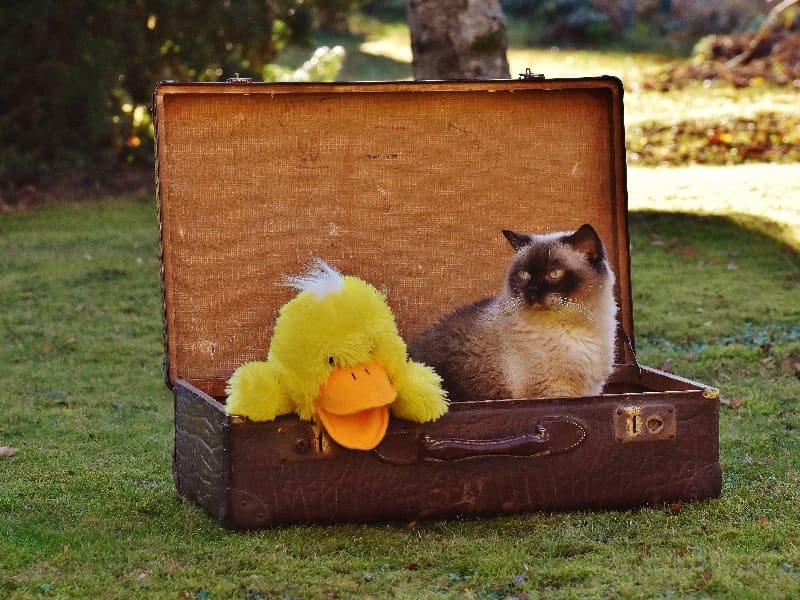
If you plan to transport your pet in an airplane or car, you must remember that the animal can get sick, so you do not need to feed it before the trip, at least 12-18 hours before the trip. When releasing the cat, make sure that it does not run away anywhere. Give it time to look around. If you are traveling by train, know that a family’s favorite can be intimidated by a large crowd, other people’s voices, so try to hold it in your arms and not let it out. Otherwise, a cat in a state of stress may run away, hide, you will search.
The most difficult journey for cats is the water cruise. Cats are more seasick than other animals, and swimming for more than twelve days can be fatal.
Documents and rules for the transportation of Cats abroad
An important issue is the travel documents issued for the animal. You can find out about the rules for transporting animals from your veterinarian or from the embassy (if you are transporting an animal from another country). When transporting an animal by bus, train, or car, you must have a veterinary certificate and a passport, which indicates the timing of vaccination and deworming of the animal.
More complex problems arise when transporting an animal on a train. Be sure to check for a certificate from a veterinarian, and you will have to pay separately for transportation. Animals are transported in special baskets and bags placed in places of hand luggage. To transport a cat, you need to buy a baggage ticket. Provide the handler with your ticket and pet’s veterinary certificate.
You will face some difficulties when transporting your pet by plane since each airline has its own transportation rules. Some allow you to carry your favorite animals in the cabin of the aircraft. In contrast, other companies allow transportation only in the cargo hold, which may affect your pet’s psychological state.
When booking a ticket, you must advise that you are going to carry an animal onboard. Only one animal is allowed to be transported on the plane, which does not exceed 8 kg. The pet must be in a special container with strict dimension limitations. Passengers with pets are not allowed to sit near emergency exits. If the animal’s weight is more than 8 kg, then it is carried only in the luggage compartment, while the weight of the animal and the container for transportation are paid as excess baggage. Only guide dogs that fly with their owners are allowed free of charge. Sometimes, when transporting animals, a special chip is required.
Recheck your Veterinary passport before Traveling
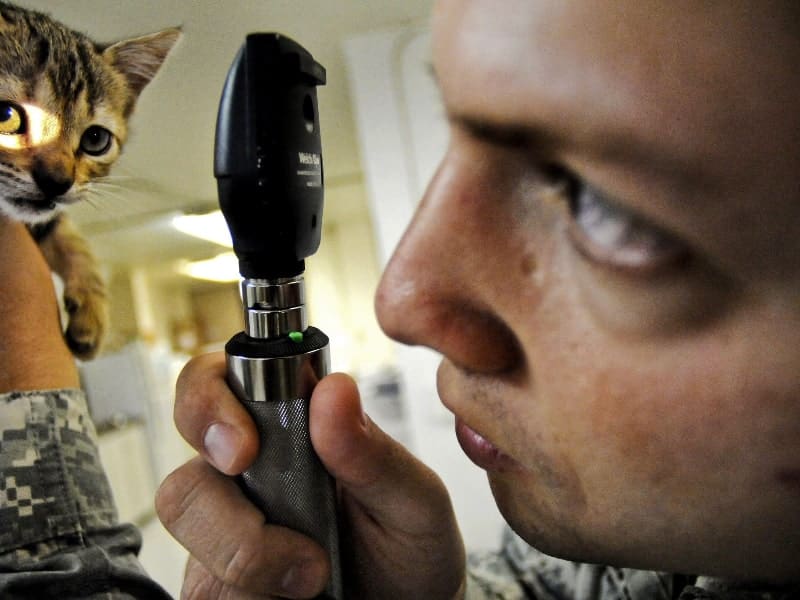
Cats must be vaccinated no earlier than 30 days before departure. The veterinary passport must contain notes on vaccinations against rabies, infectious hepatitis, and plague. There may be slight difficulties with kittens receiving these vaccinations after a year.
Traveling Abroad With Cats
Slightly different conditions when traveling with an animal abroad. To do this, when crossing the border, your veterinary certificate is changed to an international veterinary certificate. If you are exporting an animal from abroad, the paperwork is checked by the customs veterinary control. If the animal is checked-in luggage, then copies of documents and the owner’s address are attached to the cage where it is located if the pet is lost. However, some companies require documents to be completed in English. Some countries also have additional conditions.
The pet’s appearance plays not the least role since the carrier has the right not to take an unkempt, dirty animal on board. You must remember that there are many responsibilities if your animal gets sick on the way or in the country where you are going.
And remember that you need to arrive at the airport in advance, at least an hour before check-in, so that you can easily get permission from the aviation veterinary service to transport your cat.
What to do after Arrival
When you arrive, place your cat in one of the rooms and make sure it is comfortable and safe. Offer it some water and some food, although it is possible that the animal will not want to eat until it gets a little familiar with the new place. Keep your cat on the street for at least a week, and make sure it has a collar on it in case it gets lost. Gradually allow the animal to explore new territories and use the food to guarantee that your pet does not run too far and return home in time for another meal.
******************************************
About The Author: Alina Andreeva is a professional writer and editor at ThePets.net blog. Her knowledge and experience aim to make a pet owner’s life with pets more comfortable. She has one dog and two cats and loves to spend time with her furry family friends.


